Timeline of Vinyl Records History 1857-2022
2022 marked the fifteen consecutive year of vinyl growth, This article will comprehensively review the historical stages of the birth, improvement, decline, and recovery of vinyl records and look at the performance of vinyl records by year. Now let's start exploring:
In 1857:
a brilliant French inventor by the name of
Edouard-Leon Scott, created a specialist device
which utilized a vibrating pen which graphically
represented sounds, onto small paper discs.
This device was known as a Phonautograph,
and it was primarily created to help us get a better
understanding of the characteristics of sound.
In 1878 :
Edison took this concept and turned it into a
machine that was capable of replaying the sounds
that it recorded. The device utilized a stylus that was
designed to cut grooves of sound onto cylinders
and discs made of tinfoil.
In 1880 :
The Volta Laboratory, run by Alexander Graham Bell,
made improvements to Edison’s designs during the 1880s,
calling the enhanced device the gramophone.
In 1887:
German-American inventor Emile Berliner
developed lateral-cut flat discs to be played
on the gramophone, similar in use and appearance
to the vinyl records we know today.
In 1892:
phonographs and gramophones were being marketed to the public,
with the former positioned as “entertainment offerings on brown wax“.
However, the early wax cylinders used in phonographs could only store
a two-minute recording of sound, and were costly and inefficient to produce.
In 1901:
duplicate wax cylinders started to be mass produced.
They were made from molds rather than individually
engraved by a stylus, and used a harder type of wax.
1901-1930(78s):
The flat disc records popularized by Berliner play at a
speed of about 78 revolutions per minute (rpm),
which is why they are called “78s” by most collectors.
They were made from a shellac resin that feels a bit
heavier and more brittle than modern vinyl records.
In 1930:
the company RCA Victor launched the first commercially
available vinyl long-playing record. Instead of 78 rpm,
the playback speed for this modern record was 33⅓ rpm,
and the record itself was 12 inches in diameter.
This meant that the records could play a longer duration of sound.
In 1939:
A rival company, Columbia, followed suit in 1939,
releasing the 12-inch “long play” 33⅓ rpm microgroove record.
RCA responded with a smaller record, at 7 inches,
that plays a single song on each side at 45 rpm, called the “extended play”.
Today, recording artists still denote their releases as long plays and extended plays (LPs and EPs) — whether or not the music is available in a physical format!
Angels Horn® Reminder Tips for Attention
In 1948-1950( “War of the Speeds.”):
The cutthroat rivalry between RCA Victor and Columbia Records led
to the introduction of another competing format by RCA,
the 7”/45 rpm Extended Play (EP). The period where both of these
formats fought for dominance was known as the “War of the Speeds.”
The Winner of the War:
After a few years of duking it out, the 12”/33 1/3 rpm LP became the predominant format for albums, and the 7” record became the format of choice for singles. EPs offered a similar playtime to the 78 rpm discs, and LPs provided up to 30 minutes of playtime per side. In the early 1960s, consumers caught onto stereo LPs, and conventional mono LPs stopped being manufactured by 1968.
Angels Horn® Reminder Tips for Attention
In 1962-1991(The decline of vinyl records):
Phillips introduced the first cassette in 1962 and gave vinyl some stiff competition.
(Since cassettes were more portable and able to rewind,
fast forward, pause, play or stop at the touch of a button,
consumers latched onto the new technology.)
By the 1970s, the introduction of compact cassette tapes
(the only portable way to listen to music at the time)
and eight-track tape cartridges caused vinyl to take a back seat.
The introduction of CDs, digital downloads, and streaming services continued this trend.
In 1974, Phillips also began developing the Compact Disc (CD),
which would completely usurp the vinyl market in 1988. From 1988-1991,
there was a continued decline in vinyl sales,
with only collectors and audiophiles remaining loyal to the format.
In 2010-2022 (Back in the Spotlight: A Vinyl Resurgence):
Since the advent of Record Store Day in 2008,
there has been a rising affinity for vinyl records over other mediums.
After decades of music being stored as mp3s and mp4s on computer hard drives,
vinyl saw a resurgence in the late 2010s.
January 2017 boasted the highest number of vinyl records sold since 1991.
2017 marked the tenth consecutive year of vinyl growth,
partially thanks to indie rock, the emergence of more record stores,
and the novelty of the format. Vinyl sales have steadily climbed,
with a 46% growth in sales just from 2019 to 2020!
This surge in demand has led to serious bottlenecks at record pressing plants around the world
— some have up to 8 months of waiting time to get orders pressed and shipped!
Today, 2022 vinyl records continue to grow in popularity………..
Angels Horn Store:

Bring music to life.
AngelsHorn Mission
AngelsHorn offers a variety of record players, each with an elegant, retro-style designed to provide a high-quality music experience.
Our record players are decorative, functional, and environmentally friendly, a perfect combination of classic record players and modern audio technology. Choose the AngelsHorn record player to make your life more colorful!
AngelsHorn, Better Products, Better Service, Lower Prices!
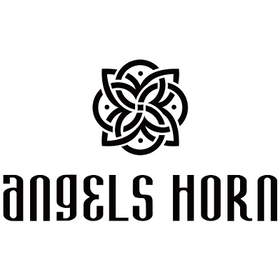
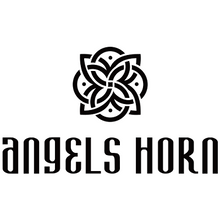

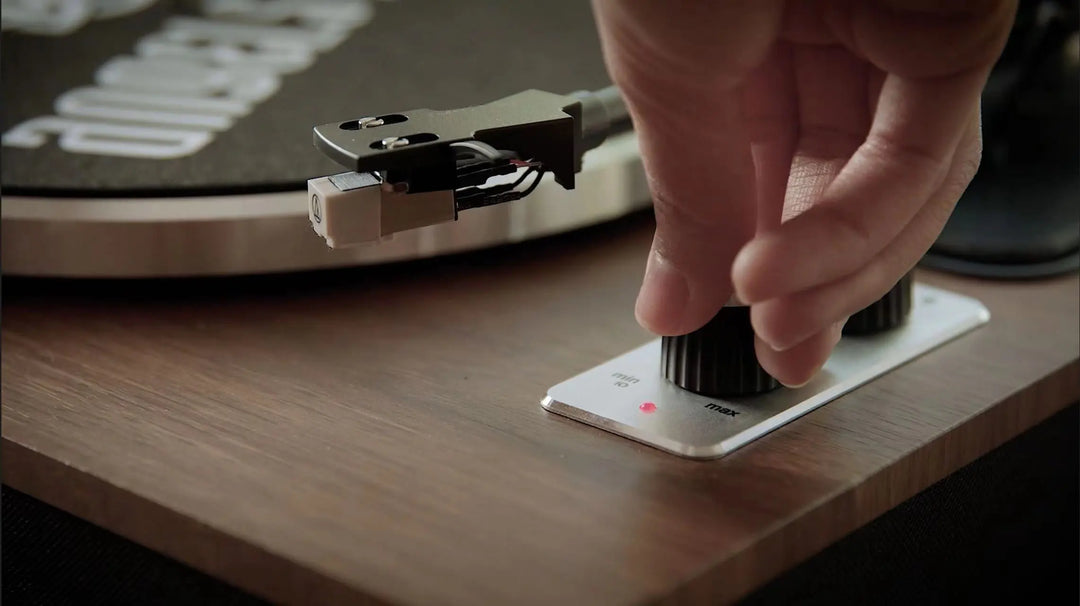
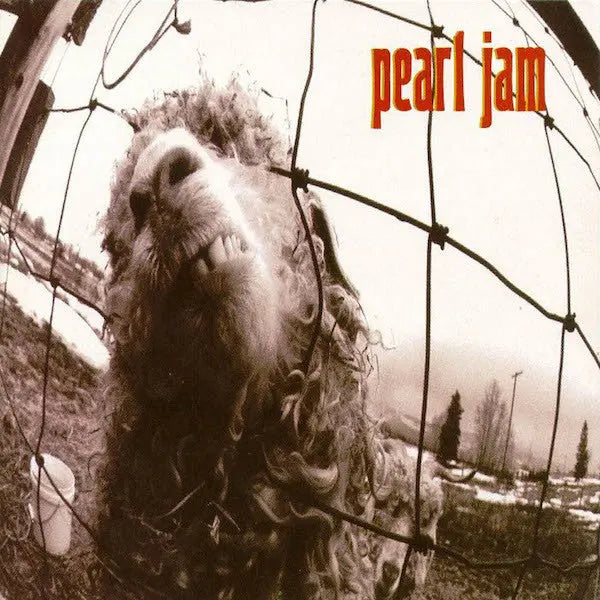
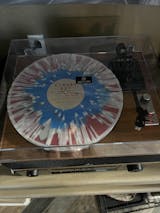
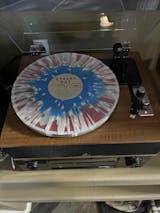

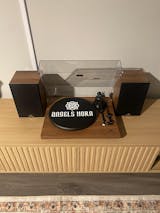


Amazing Product! Five stars!
Amazing Product! Five stars!
Leave a comment